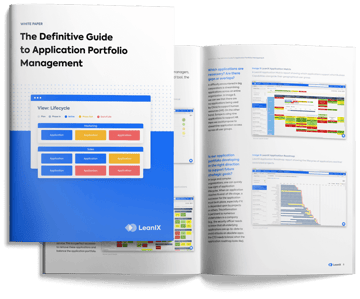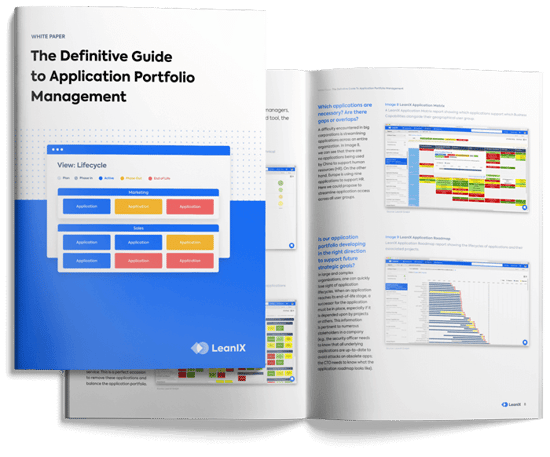Introduction
In a digital age where cloud-based applications have become the norm, accurate and up-to-date user data is essential to keep all stakeholders happy. Ultimately, if you don't know who is using which application within your company, it is hard to manage or even optimize SaaS licenses and spend.
Read on to learn about successful SaaS user management practices and how to track employee's SaaS usage to maximize productivity.
What is SaaS user management?
SaaS user management is a process to manage and control the access employees have to SaaS products within an organization. The more centralized the SaaS user data is, the more effective are these management efforts.
After all, the days when every employee had a pre-installed program on their assigned computer are in the past and companies depend on various tools to create full SaaS visibility and maximum usability for their employees.
A proper SaaS user management platform with a comprehensive overview of all SaaS applications used and accessed is useful for IT, Finance, HR, InfoSec, and other departments that have to manage SaaS directly and indirectly.
In the next sections, learn about the motivations behind SaaS user management and why it is important to have a single source of truth.
What are the goals of managing SaaS users?
Over the past years, software management has become increasingly decentralized. This is partly due to the fact that almost everyone feels empowered to procure cloud-based software solutions to get the job done. And at most companies, it is very unlikely that multiple user and app spreadsheets are being reviewed and updated on a regular basis.
This is precisely why SaaS account user management tools are needed in every enterprise that uses SaaS. If implemented and used correctly, one single source will allow you to reach the following goals:
- Increase productivity of all SaaS users within the company as you get to allocate the right resources to the right users.
- Improve collaboration with the IT department that has relinquished control over software due to decentralized SaaS procurement.
- Bring stakeholders together when they need to gather all important data on SaaS users – apps, cloud spend, usage patterns, and behavior, all within one system.
- Secure the organization by having company-wide SaaS visibility
In the next section, learn in detail why stakeholders need to manage SaaS usage to get the best out of their cloud-based solutions.
Why do stakeholders need to manage SaaS users?
Being in control of SaaS products and knowing who uses them should always sound like a good idea to any stakeholder. However, SaaS user management is not only “nice to have” but essential practice for organizations who operate in the cloud. Below are some of the main reasons why you should manage SaaS users.
SaaS growth: The quick adoption of SaaS products leads to more users, more tools, and ultimately, more licenses to manage for each user. This can lead to inefficiencies when it comes to the company workflow.
Decentralized SaaS purchasing: SaaS solutions do not share a common link or platform which makes a centralized management approach without the right tool impossible.
Replacing outdated systems: Most companies still use spreadsheets that are not synced or updated automatically – with a 20% employee turnover in the US, these records tend to be rather useless.
Inefficient processes: With an increased number of SaaS solutions, there is also more administrative work that can lead to inefficient business processes and security loopholes.
Compliance: Operating in the cloud means that there are more regulatory policies that companies need to adhere to. It’s important to know how the user data is used and where it's used and stored. Thus, unmanaged users pose a security threat.
Tracking SaaS usage and adoption: Slow adoption can be an indicator that employees need more help to adopt the SaaS tool and low usage can also bring an opportunity to cut costs.
Remember that there are also a few things that make it much harder to manage SaaS software compared to traditional solutions. For one, SaaS offers different roles with different user access models as well as various licenses that can be free or paid.
Plus, SaaS vendors store data in different ways and are not all in the same vendor lifecycle (e.g. free trial, IT-approved apps, IT-unapproved apps, or unused but not yet cancelled).





